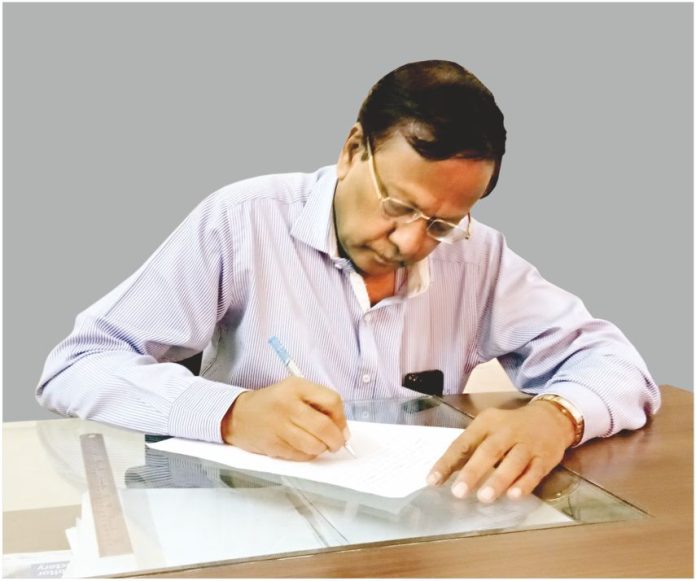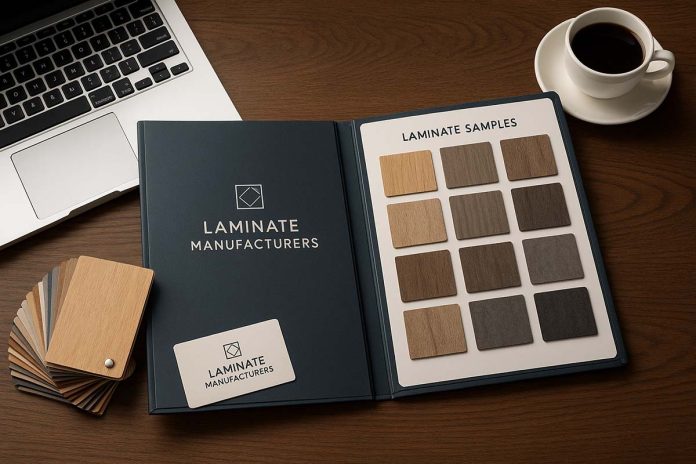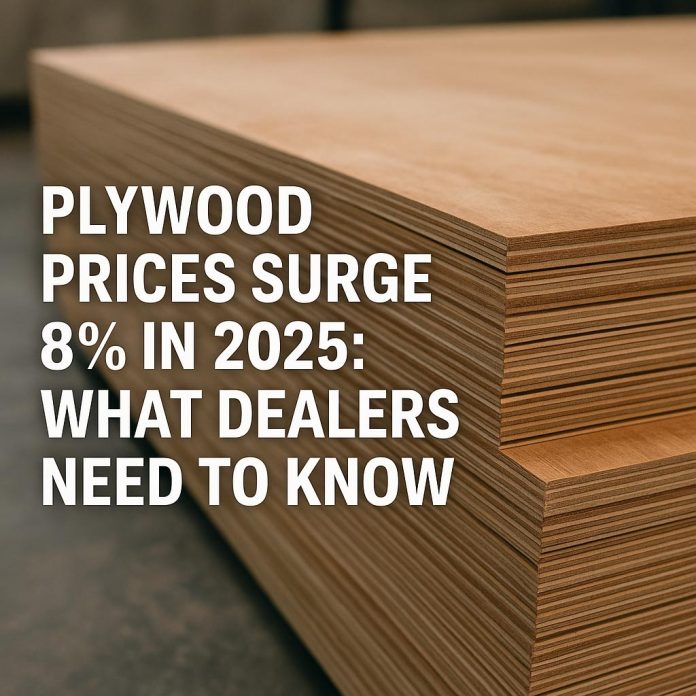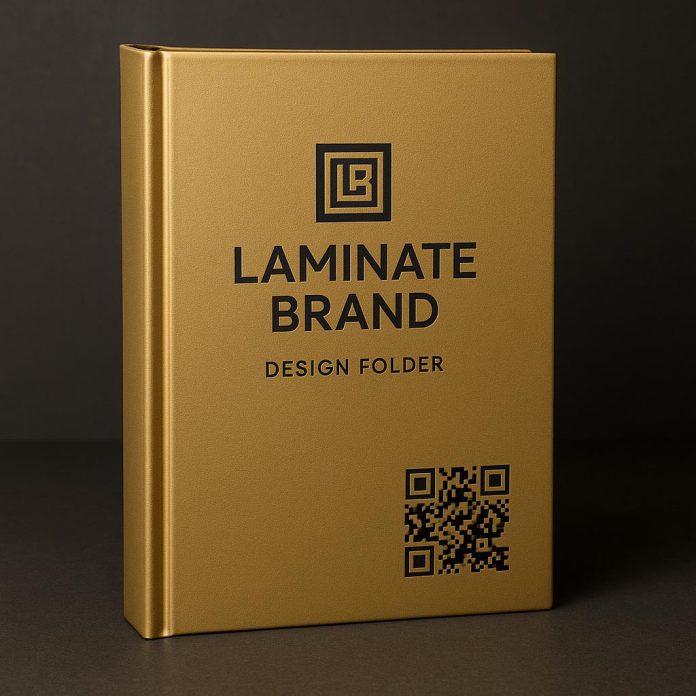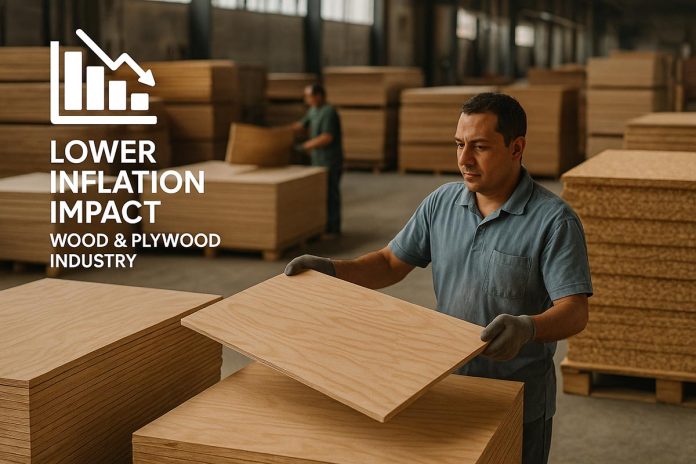Sun Touch Laminate Pvt. Ltd., based in Morbi, Gujarat, is a name synonymous with quality and innovation in the decorative laminate sector. In this exclusive interview with Lakda Udyog Darshan, Director Shri Kamal Patel discusses their premium product range, market differentiation, and the brand’s role in empowering the interior and furniture industry.
Lakda Udyog Darshan (LUD):
Sun Touch is recognized for its premium decorative laminates. Could you elaborate on your current product range and what sets them apart in the market?
Shri Kamal Patel:
We offer a complete range of high-pressure decorative laminates that blend aesthetic appeal with superior performance. Our laminates are engineered with attributes like scratch resistance, anti-bacterial surfaces, UV stability, and moisture protection—qualities essential for modern interiors. Whether it’s woodgrain, abstract textures, high gloss, or matte finishes, each collection is crafted with the latest design trends and functional requirements in mind.
We cater to residential, commercial, and hospitality segments, and all our designs are backed by international-quality standards. The product size of 2440 x 1220mm and 1mm thickness is versatile for modular furniture and wall applications.
LUD:
Innovation seems central to your brand. How does Sun Touch incorporate new technologies in its manufacturing process?
Shri Kamal Patel:
We have invested in state-of-the-art German and Italian machinery for precision printing, texturing, and resin application. Our synchronized laminates, metallic finishes, and anti-fingerprint surfaces are all the result of cutting-edge R&D. Innovation for us also means responding to market needs fast—customizing finishes, launching new designs regularly, and ensuring quality consistency at scale.
LUD:
How do decorative laminate brands like Sun Touch help interior designers and furniture manufacturers?
Shri Kamal Patel:
Decorative laminate brands play a crucial role in enabling designers and manufacturers to achieve aesthetic and structural goals within budget and time constraints. Here’s how:
- Design Versatility:
We offer an expansive catalogue of textures, finishes, and colors that give designers freedom to experiment—from modern minimalism to classic wood aesthetics. This variety helps them bring concepts to life without the high cost of natural materials like hardwood or marble.
- Ready-to-Use Surfaces:
Laminates are easy to apply on MDF, plywood, or particle board, reducing project timelines. Furniture manufacturers benefit from our calibrated thickness and durable surfaces that need minimal post-lamination work.
- Technical Support & Sampling:
We provide swatch kits, technical datasheets, and even mock-up panels. Our team regularly interacts with architects and fabricators to guide them on appropriate product use—be it for kitchen cabinets, office partitions, or wardrobe panels.
- Reliable Supply Chain:
With robust dealer networks and PAN-India logistics, we ensure timely availability of designs across regions. Designers and OEMs can count on us for continuity in bulk or repeat orders—especially important for large-scale interior projects.
- Trend Alignment:
We continuously study global design movements and adapt our catalogue to reflect what’s in demand—from matte earth tones and terrazzo prints to high-gloss pastel colors. This ensures our partners stay ahead in a competitive market.
LUD:
How is Sun Touch addressing sustainability in its production practices?
Shri Kamal Patel:
Sustainability is no longer optional—it’s a responsibility. Our facility in Morbi follows eco-conscious processes including low-emission resins, water recycling, and energy-efficient operations. We also work with vendors who follow responsible forestry and raw material sourcing practices. For architects and builders involved in green buildings, our products align with their certification goals.
LUD:
Could you share an example of a best-selling design from your portfolio?
Shri Kamal Patel:
Certainly. One popular design is our “5069 Himalayan Oak” from the 1mm series, which features a soft natural oak texture with subtle grains. It has become a preferred choice among furniture manufacturers for wardrobes and bed back panels due to its warm tone and realistic wooden finish. Such designs showcase our ability to blend beauty with practical usability.
LUD:
What are your future plans for Sun Touch Laminate in terms of market reach and innovation?
Shri Kamal Patel:
We are expanding our design studio and product R&D to launch newer textures and themes like retro-futurism and nature-inspired tones. Export expansion is also in progress—we aim to strengthen our presence in Middle East, Africa, and South-East Asia. Domestically, we’ll continue investing in dealer support, digital marketing, and design-based collaborations with interior firms.
Conclusion:
Sun Touch Laminate continues to inspire the interiors and furniture sector with its thoughtful design, product consistency, and strong market presence. Under Shri Kamal Patel’s visionary leadership, the company is redefining what Indian-made decorative laminates can offer—beauty, performance, and innovation.


